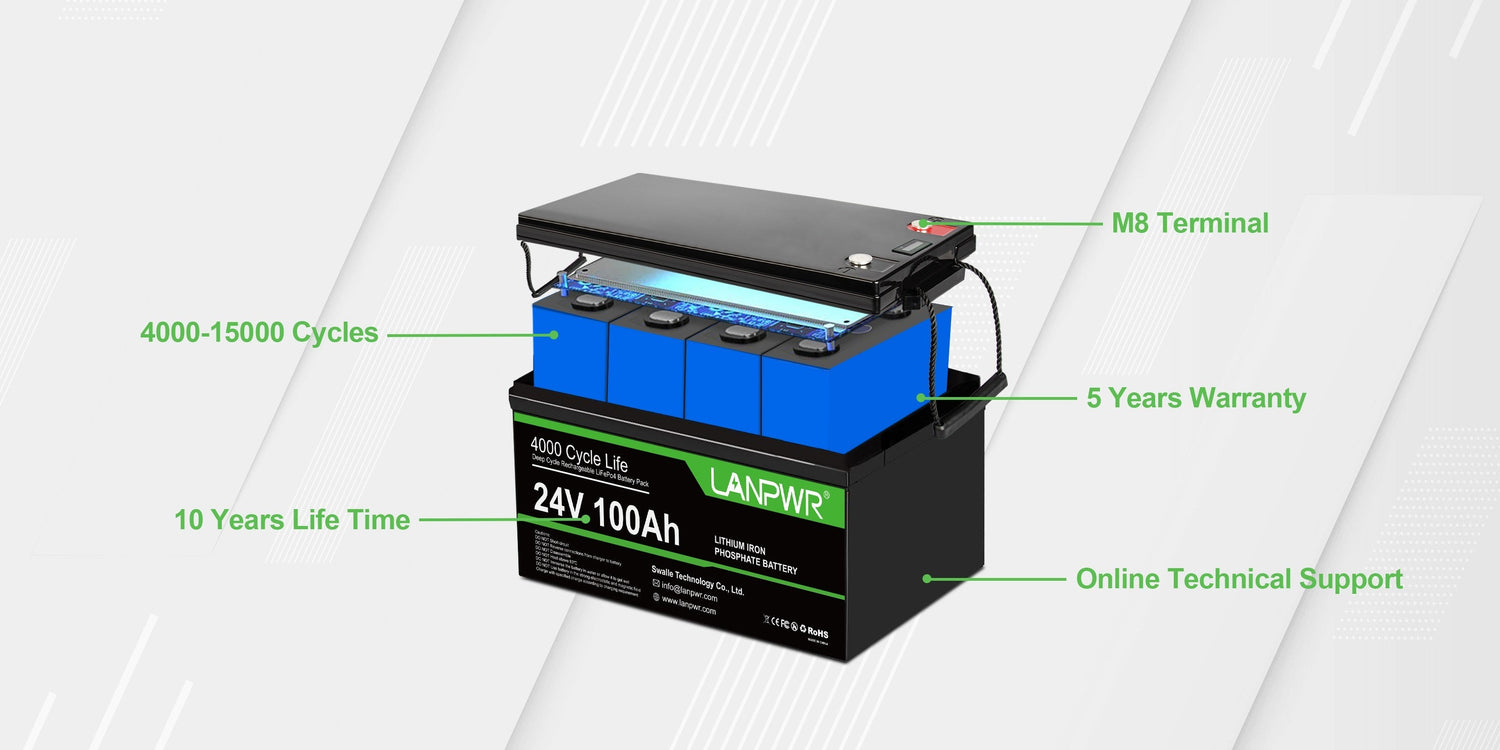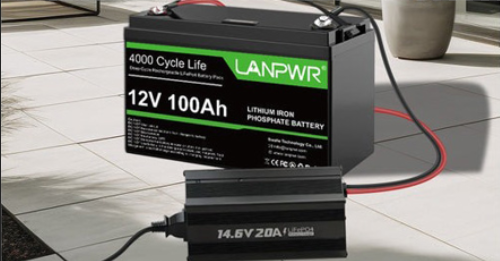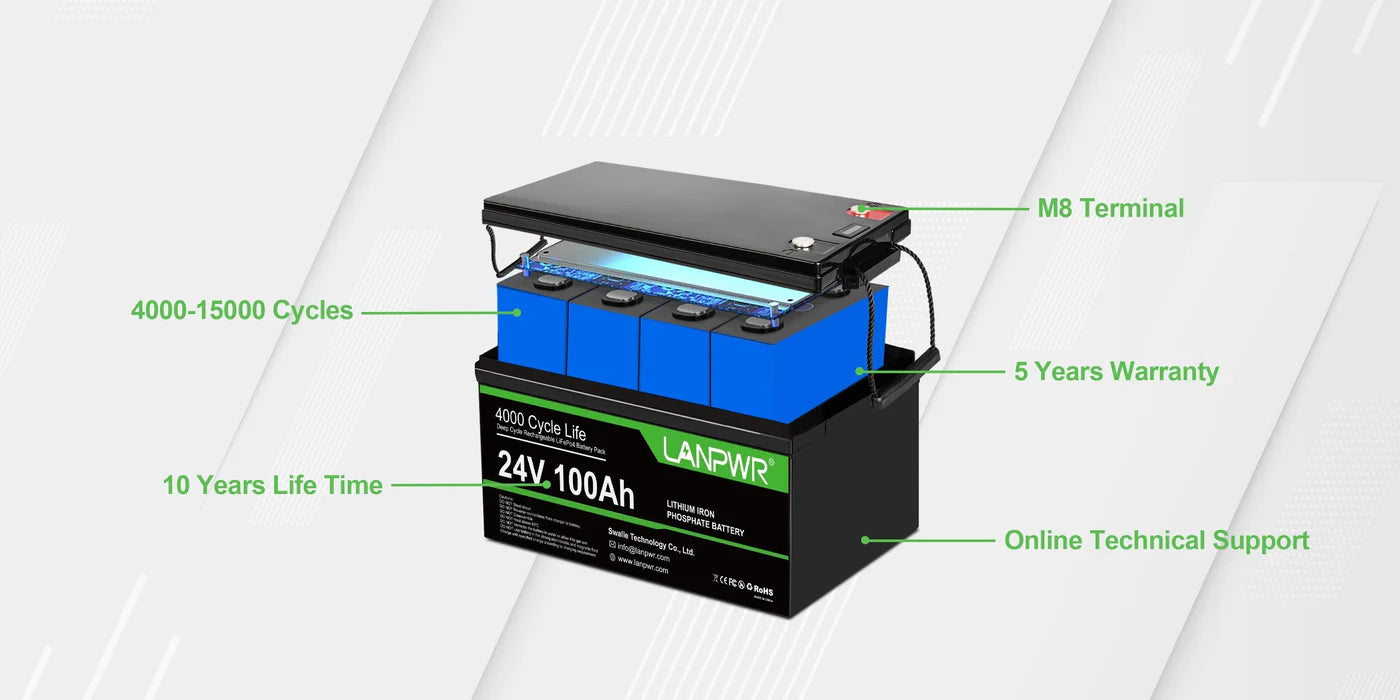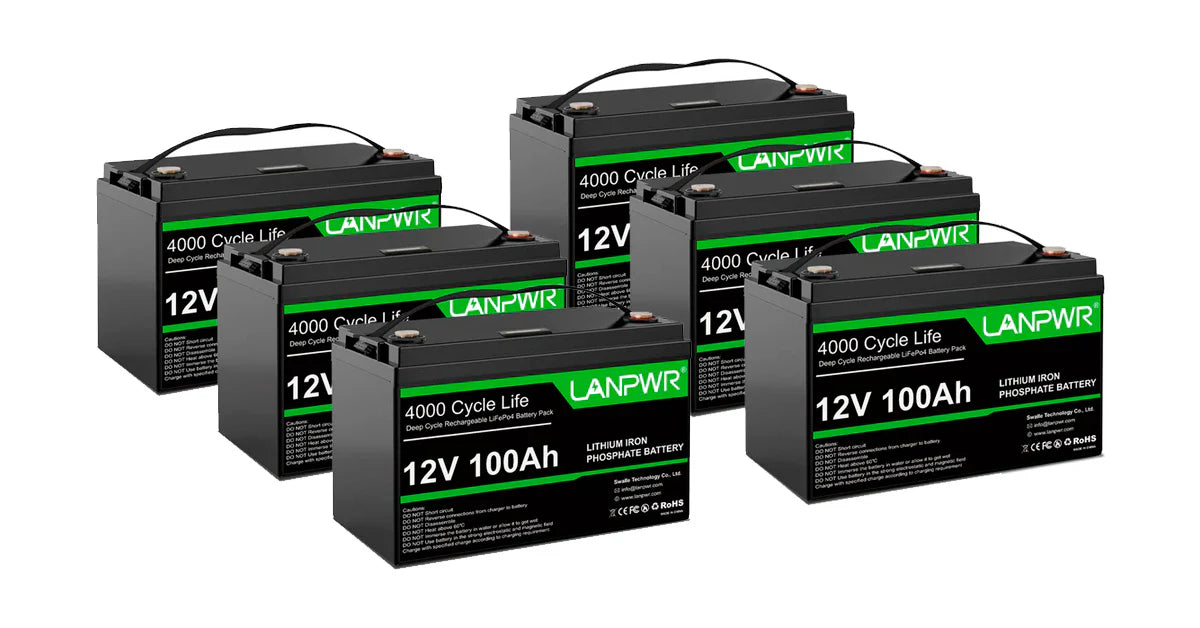
LiFePO4 (Lithium Iron Phosphate) batteries have become widely utilized across industries due to their safety, stability, and long-lasting lifespan characteristics making them perfect for renewable energy systems, electric vehicles, and portable electronics applications. Proper charging and maintenance practices must be implemented to maximize the longevity and performance of these batteries. This article describes how best to charge LiFePO4 batteries correctly to extend their lifespan post-charging and explains what factors could lead to their premature degradation post-charging.
Correct Charging Method of LiFePO4 Batteries
LiFePO4 batteries must be charged appropriately to preserve their health and efficiency, so here are the essential steps and considerations:
Use an Appropriate Charger: Always choose a charger explicitly designed for LiFePO4 batteries, as these chargers have been engineered to accommodate their unique voltage and charging profile, typically featuring higher charging voltage per cell than traditional lithium-ion types.
Connecting Your Charger: Make sure all connections are tight. Attach the positive charger lead directly to the positive battery terminal, while the negative lead connects directly with its negative counterpart.
Watch Your Charger Work: Although modern chargers will usually stop automatically once the battery has reached full charge, it is wise to monitor the charging unit's initial cycles to detect unusual heat generation or irregularities that could indicate improper functioning.
Charge in an Appropriate Environment: Charge your battery in an ambient temperature range from 21-37 F for optimal results and battery health. Extreme temperatures may have detrimental effects on this process and its long-term viability.
Staying Away From Overcharging: Don't leave the battery connected for extended periods after its charging process has been completed; overcharging can dramatically shorten the battery lifespan and even damage it irreparably.
Tips to Extend Lifespan After Charging
Once your LiFePO4 battery has been charged, specific techniques can help extend its lifespan:
Avoid Deep Discharges: Try not to discharge your LiFePO4 battery completely. While deep discharges will still happen occasionally, keeping discharge levels under 20% will help preserve health and prolong the longevity of this type of battery.
Maintain Moderate Temperature Conditions: Store and use batteries under moderate temperature conditions since high temperatures can accelerate the degradation of their components while low temperatures reduce efficiency and discharge capacity.
Regular Use and Charging: Battery health can only be preserved through regular charging and use; leaving one lying idle can decrease capacity and health over time.
Balanced Charging: Utilizing a battery management system (BMS) for optimal battery health and optimal use. Unbalanced cells could potentially result in reduced utilization of capacity as well as additional strain placed upon certain cells within your battery pack.
Factors Affecting LiFePO4 Battery Lifespan
Lithium iron phosphate (LiFePO4) batteries, known for their long lifespan and stability, may experience reduced lifespan if managed incorrectly post-charging. Many factors contribute to their degradation:
High Voltage Charging: Exceeding LiFePO4 batteries' recommended charging voltage can drastically shorten their lifespan and cause irreparable cell damage if overcharged beyond this point. Each cell usually has an ideal maximum charge voltage range between 3.66 and 3.65V; anything beyond this threshold may result in irreversible cell degradation or destruction.
Elevated Temperatures: Charging or storing LiFePO4 batteries in environments with higher-than-usual temperatures can hasten their degradation process, as chemical reactions inside accelerate at higher temps, causing faster degradation of these lithium polymer cells.
Lack of Battery Management System (BMS): BMSs help manage battery health by balancing charge between cells, protecting from overcharging or over-discharging, and protecting against unbalanced charging between individual cells, potentially shortening the lifespan of the battery overall. Without BMS, cells could become unbalanced, resulting in overcharged or undercharged areas; without BMS support, cells could become unbalanced, leading to some overcharging while others are undercharged, thus shortening the battery's overall lifespan.
Continuous Float Charging: Maintaining LiFePO4 batteries on a charger even after they have been fully charged can reduce their lifespan over time since, unlike lead acid batteries, they don't require Float charging (continuous charging can result in plating of metallic lithium, an undesirable condition).
Deep Discharge: Allowing LiFePO4 batteries to discharge too deeply over time can shorten their lifespan significantly. Although LiFePO4 cells tend to tolerate deep discharge more readily than other lithium-ion cells, too often discharging at deficient levels may still lead to damage being done to them.
LiFePO4 batteries benefit from regular cycling to maintain performance and lifespan; protracted periods without use can considerably shorten their lives, thus necessitating cycling cycles to sustain the capacity and health of these powerful lithium phosphate batteries.
High Discharge Rates: Exposed batteries to high discharge rates on an ongoing basis can damage their cells and significantly shorten their lifespan. Although LiFePO4 batteries handle higher rate discharging better than other lithium-ion chemistries, consistent high-rate discharging should always be avoided whenever possible.














Leave a comment
This site is protected by hCaptcha and the hCaptcha Privacy Policy and Terms of Service apply.